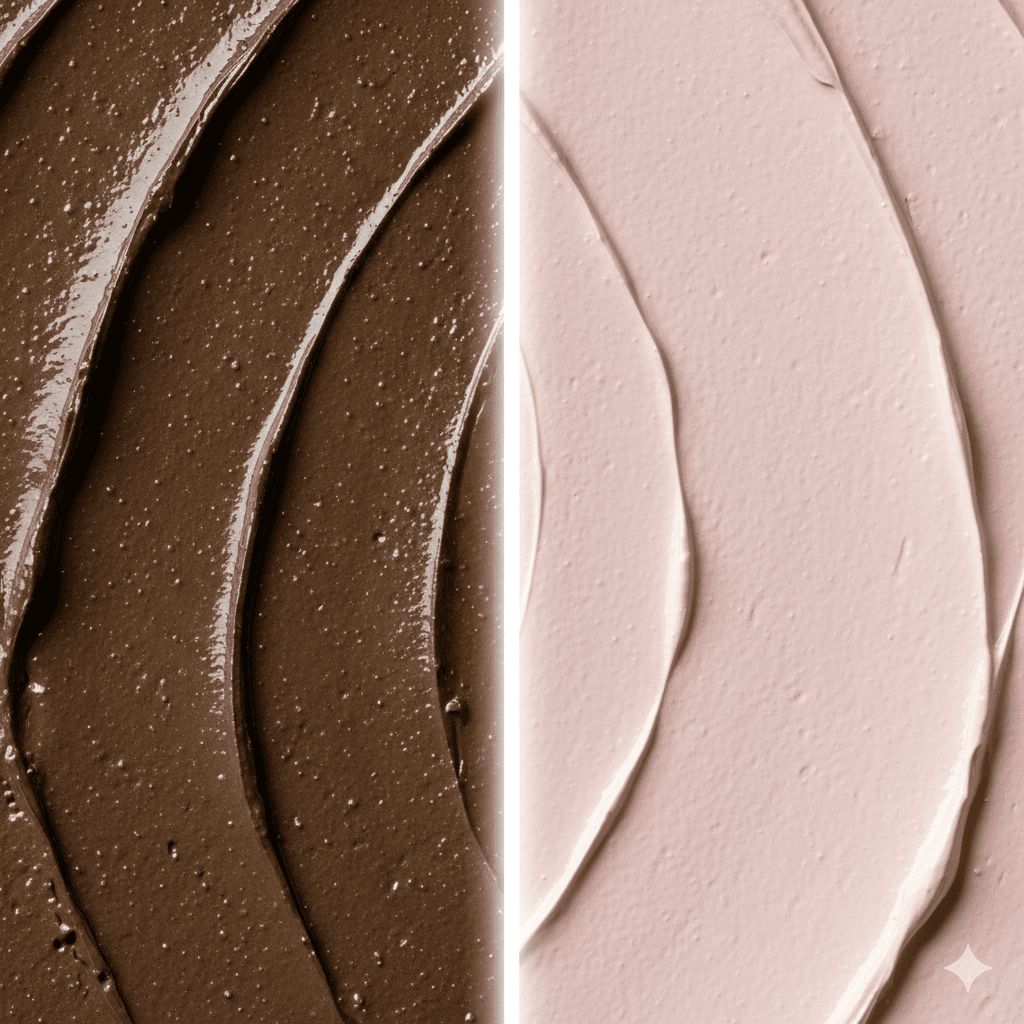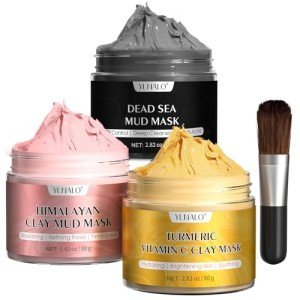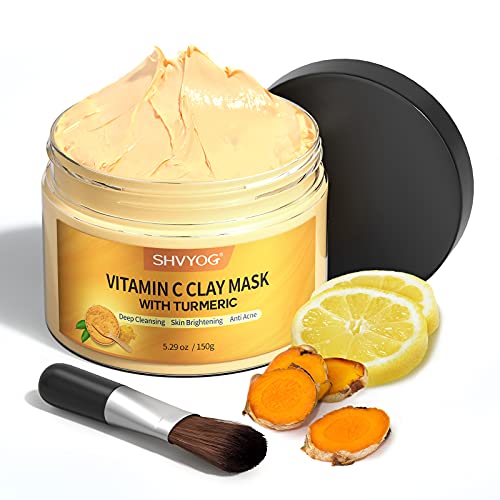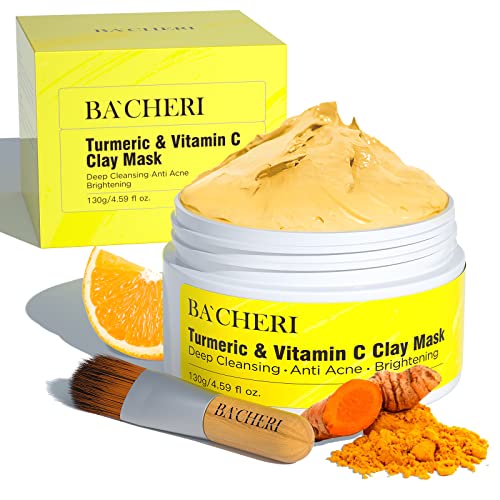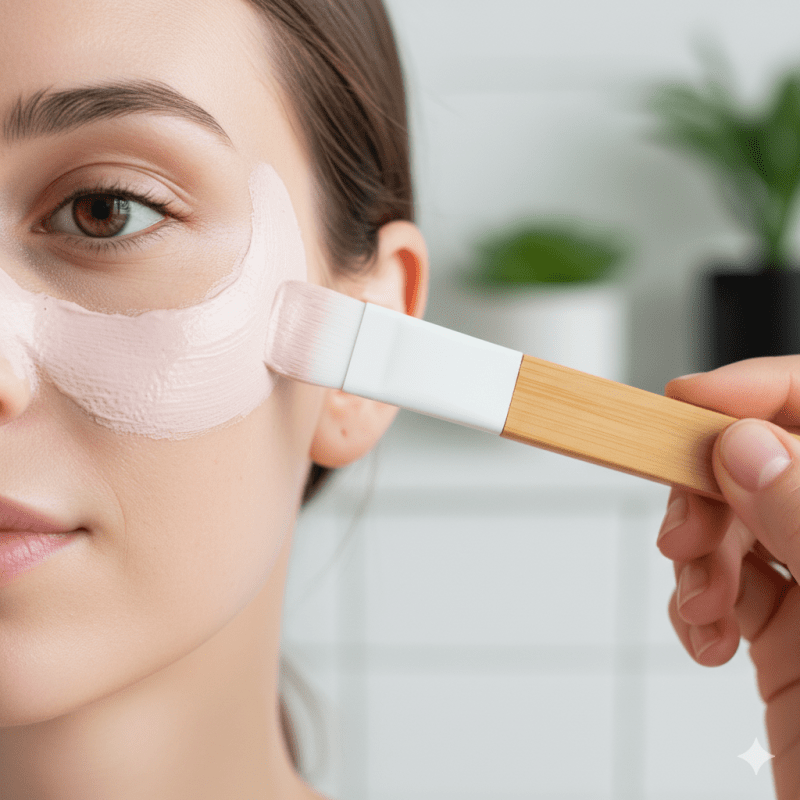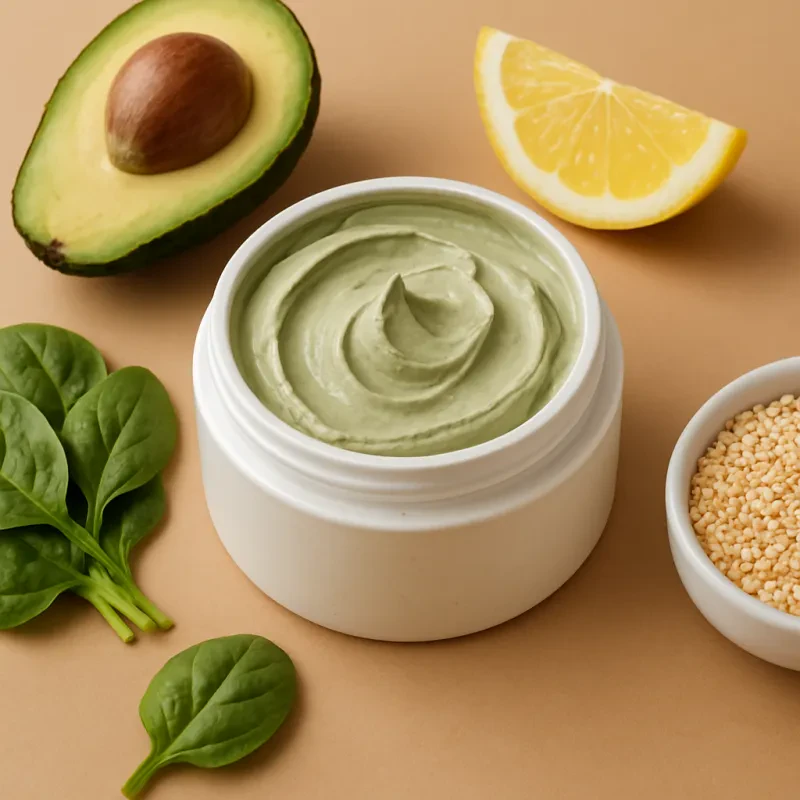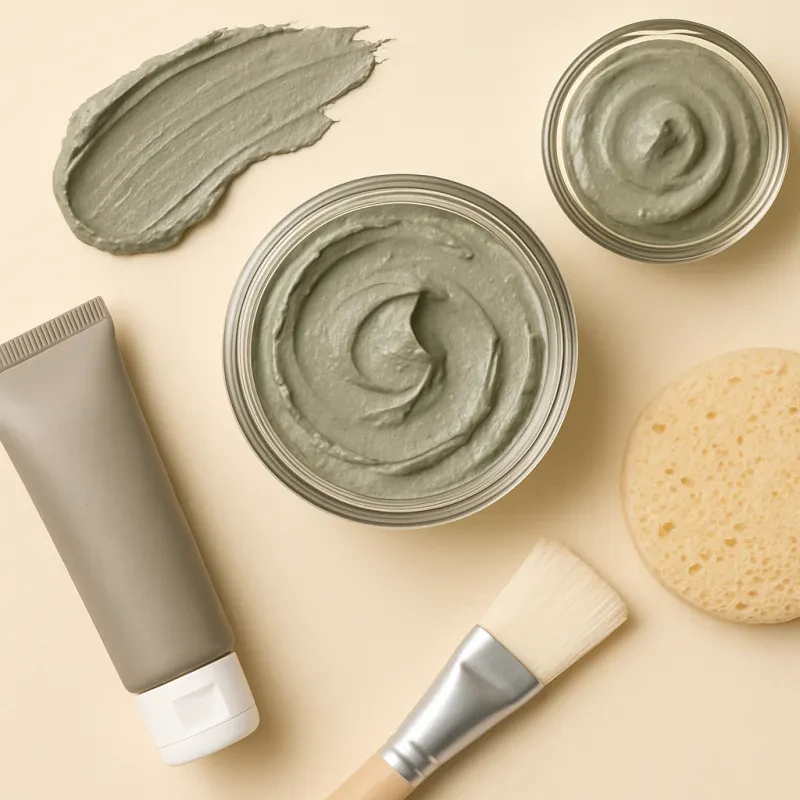Every skincare enthusiast has faced this dilemma while browsing the mask aisle: Should you grab the jar labeled "Mud" or the one labeled "Clay"? While both mud and clay masks are heralded as detoxifying, pore-clearing powerhouses, the truth is that they are fundamentally different treatments, each serving a unique purpose for specific skin types. Using the wrong one could leave your skin dry, irritated, or simply fail to address your primary concerns.
This ultimate guide will settle the debate by breaking down the core differences in composition, use, and benefits, ensuring you can confidently choose the perfect mask to revitalize your complexion.
The Core Difference: Mud vs. Clay – It's All About the Ingredients
The primary distinction between these two facial treatments lies in their geological source and mineral composition. While both are natural resources pulled from the earth, the properties they retain are distinctly different, leading to vastly different effects on your skin.
What is a Clay Mask? (Deep Cleansing and Oil Absorption)
Clay masks, such as Bentonite or Kaolin, are primarily known for their incredible drawing power. Their porous structure and strong negative electrical charge allow them to actively pull impurities, excess sebum (oil), and toxins from the skin and deep within the pores. Because clay masks dry on the skin, they are highly effective at tightening the pores and soaking up surface oil, making them a go-to choice for those struggling with shine, breakouts, or combination skin.
What is a Mud Mask? (Mineral-Rich Hydration and Nourishment)
Unlike clay, mud masks—especially those sourced from mineral-rich locations like the Dead Sea—are fundamentally designed to be moisturizing and nourishing. While they do offer light cleansing, their main job is to infuse the skin with rich minerals and hydrating elements. Mud's composition, which often contains water, trace elements, and even plant matter, does not dry out your skin in the same way clay does. This makes mud masks ideal for calming irritated skin, boosting circulation, and providing essential hydration to drier or more mature skin types.
Head-to-Head Comparison: Benefits and Best Uses
To truly understand which mask deserves a spot in your routine, let’s compare the key benefits of each.
Clay Mask Benefits: The Deep Detox Duo (For Oily and Combination Skin)
Clay masks are the heavy lifters when it comes to purification.
-
Pore Cleansing: Clays are experts at drawing out dirt, oil, and buildup from clogged pores, making them superb for eliminating blackheads and reducing congestion.
-
Oil Control: They significantly absorb excess sebum, which helps to flatten blemishes, dry out active pimples faster, and control shine, especially for those with oily skin.
-
Exfoliation: They offer gentle physical exfoliation, leaving skin feeling smoother and aiding in the removal of dead skin cells.
Mud Mask Benefits: The Hydrating Hero (For Dry and Mature Skin)
Mud masks are focused less on extraction and more on replenishment and anti-inflammatory properties.
-
Hydration & Nourishment: They are highly concentrated with beneficial minerals (like magnesium and sodium in Dead Sea Mud) which moisturize and improve the skin's barrier function.
-
Anti-Inflammatory: Minerals in high-quality mud are known to help reduce redness and inflammation, and can even be used as a spot treatment overnight to shrink blemishes.
-
Smoothing & Rejuvenation: Mud masks are great for improving overall skin tone and brightness, leaving the skin feeling silky smooth and revitalized due to the mild astringent properties.
Dead Sea Mud Masks: A Unique Case (Targeting Inflammation and Psoriasis)
Dead Sea mud is a special type of mud mask renowned for its anti-inflammatory properties and high concentration of magnesium and sodium. It's often used to help treat chronic conditions like psoriasis and arthritis, making it a therapeutic option beyond simple cosmetic use.
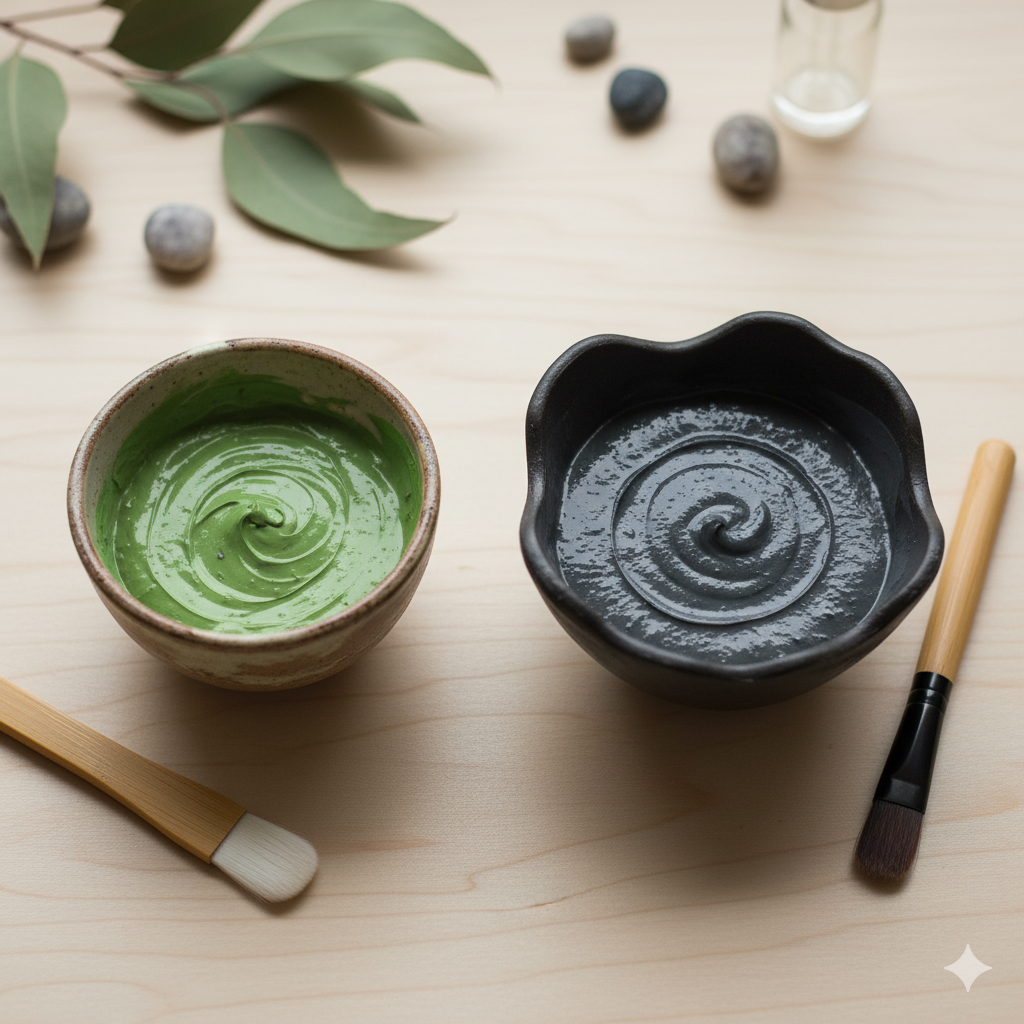 How to Choose: Matching the Mask to Your Skin Type
How to Choose: Matching the Mask to Your Skin Type
Your skin type and primary goal should be the deciding factor in the mud vs. clay debate.
Best for Oily/Acne-Prone Skin (e.g., Bentonite, Charcoal Mud Mask)
-
Winner: Clay Masks (especially Bentonite and Green Clay). Clay is unmatched in its ability to soak up oil and deeply cleanse the pores, which are the root causes of acne and blackheads.
-
Goal: Deep cleansing, oil absorption, pore reduction.
Best for Dry/Sensitive Skin (e.g., Kaolin Clay, Hydrating Mud Mask)
-
Winner: Mud Masks (or gentler White/Pink Clays). Mud provides a deep cleanse without stripping essential moisture. If your skin is extremely dry or sensitive, focus on moisturizing muds.
-
Goal: Nourishment, hydration, mineral replenishment.
Best for Combination Skin (Balancing Both Types)
-
Recommendation: Multi-masking. Apply a purifying clay mask (like Bentonite) to your oily T-zone, and a gentle, hydrating mud mask to your drier cheeks and neck area. This customized approach ensures balanced treatment.
Application and Aftercare: Get the Most Out of Your Treatment
To maximize the benefits of your chosen mask, remember these essential tips:
-
Cleanse First: Always apply your mask to clean, dry skin after removing all makeup.
-
Apply Evenly: Use clean fingers or a dedicated mask brush to apply an even layer.
-
Timing is Key: Do not let a clay mask fully crack and dry out—it can be overly drying. Follow the package's recommended time, usually 10-15 minutes.
-
Moisturize Post-Mask: Since both types of masks are exfoliating and cleansing, always follow up immediately with a hydrating serum and moisturizer to lock in moisture and soothe the skin.
Frequently Asked Questions (FAQ)
Are mud masks good for acne?
Yes, mud masks can be beneficial for acne, particularly those containing Dead Sea mud or volcanic ash. While they are less aggressive at oil extraction than clay, their anti-inflammatory properties help reduce the redness and swelling of active pimples, and their antibacterial nature helps manage acne-causing bacteria. For spot treating, you can dab a small amount on a blemish overnight.
How do clay masks work?
Clay masks work primarily through a process of adsorption and absorption. As the mask dries, the clay minerals (which carry a negative charge) attract positively charged impurities and toxins, drawing them to the surface. Simultaneously, the clay structure absorbs excess oil and water from the skin, resulting in the characteristic tightening and pore-shrinking effect.
Can I use both a mud and a clay mask?
Yes, you can, and in many cases, you should! Multi-masking (using a clay mask on oily areas like the T-zone and a mud mask on drier areas like the cheeks) is the most effective way to address the varied needs of combination skin. You can also alternate days, using a clay mask for a deep detox one day and a moisturizing mud mask for nourishment on another.
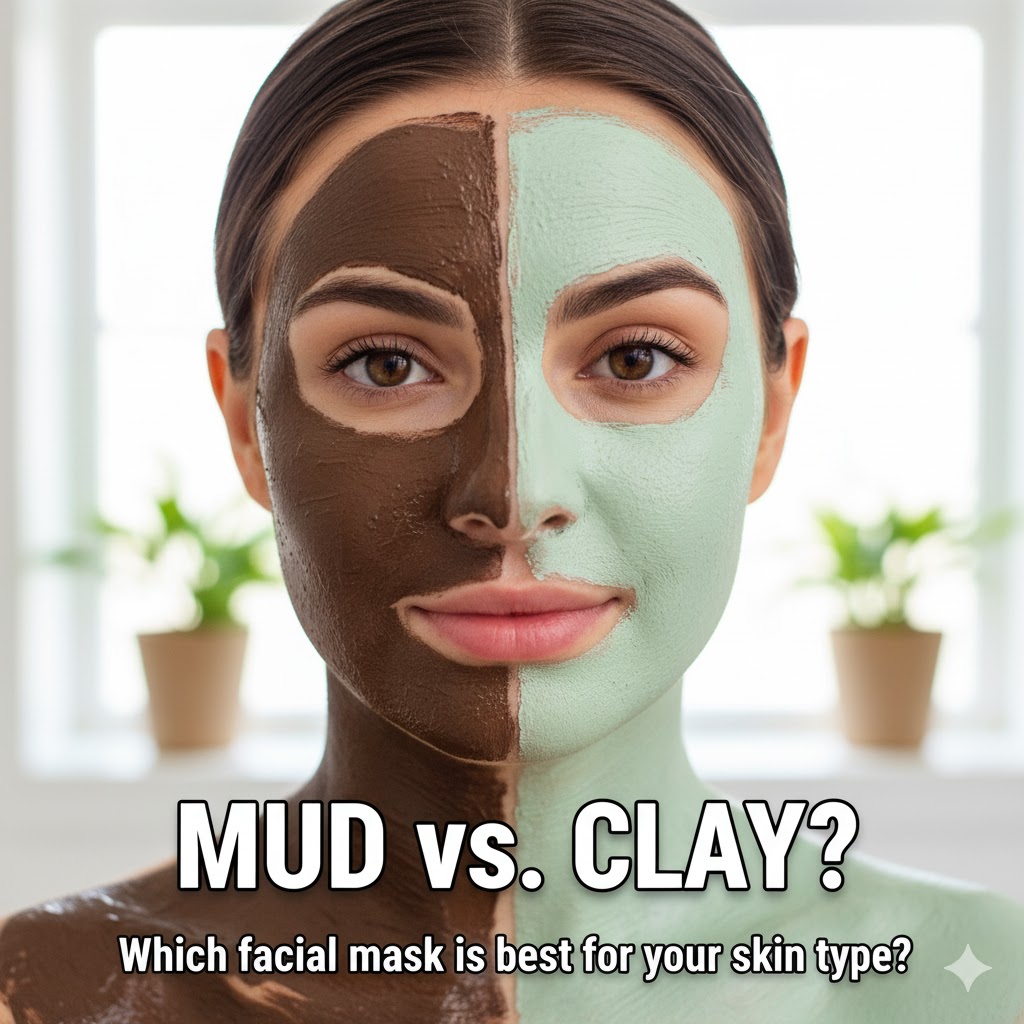 Final Verdict: Which Mask Wins for You?
Final Verdict: Which Mask Wins for You?
The debate isn't about which mask is better overall, but which is better for your unique skin goals. If your skin is primarily oily, congested, or acne-prone, reach for the Clay Mask. If your skin is primarily dry, sensitive, or requires intensive nourishment and calming, choose the Mud Mask.
